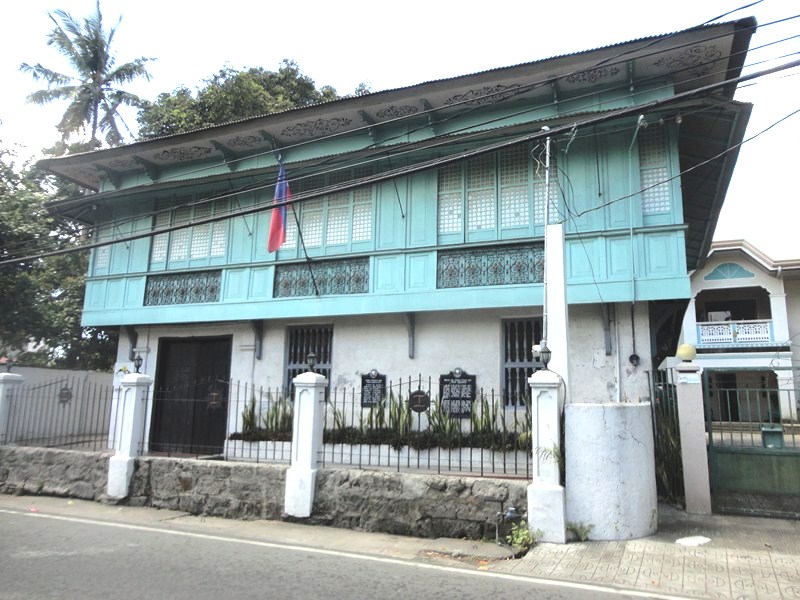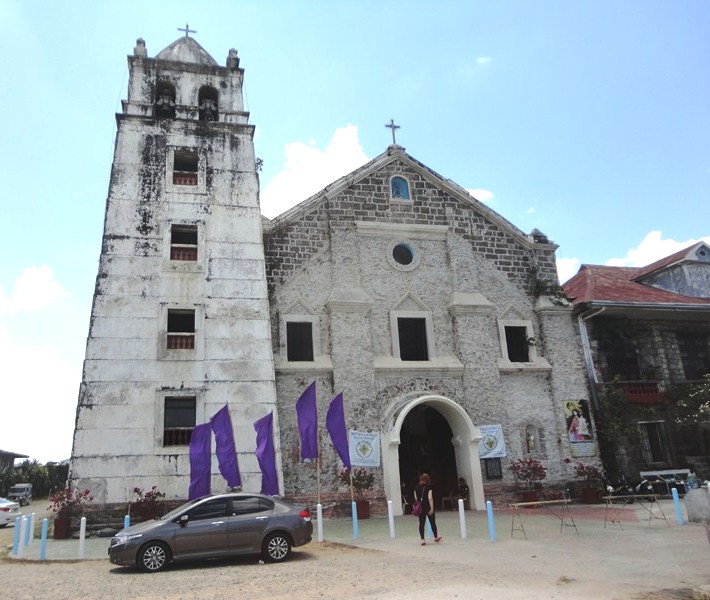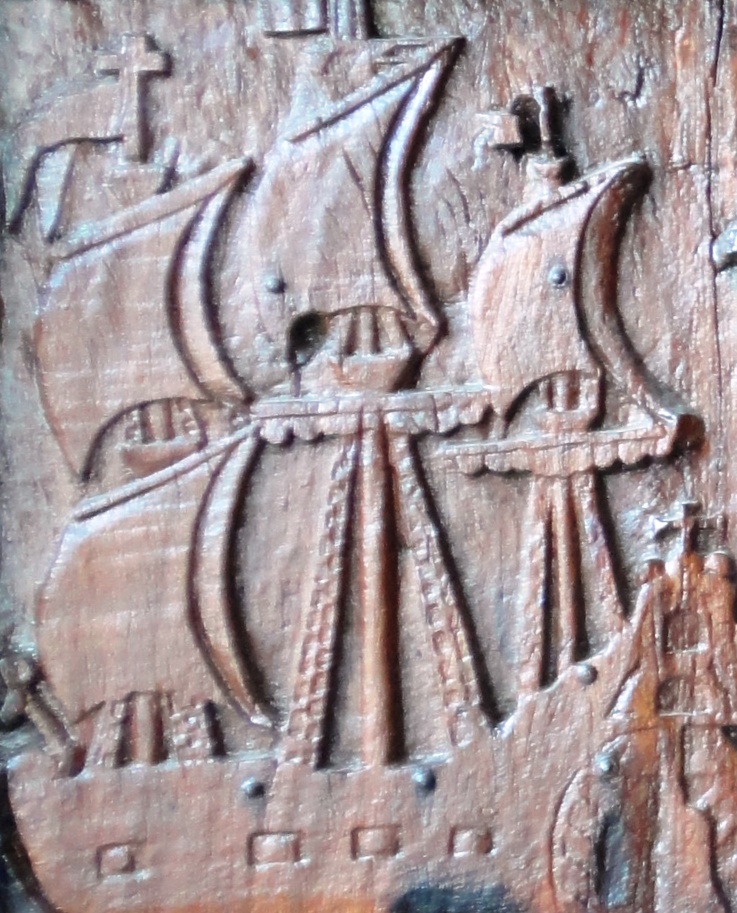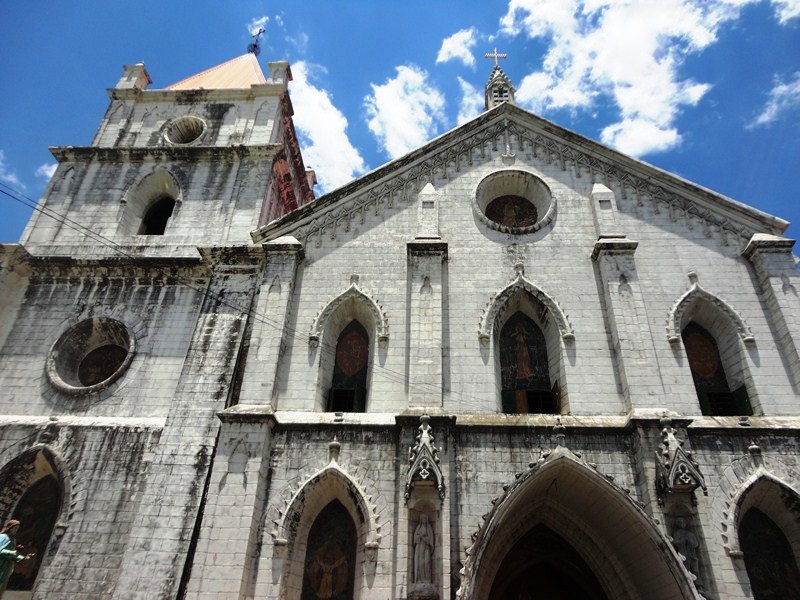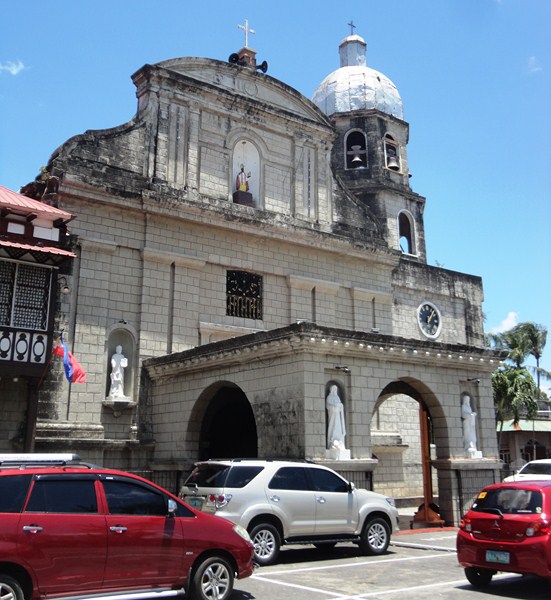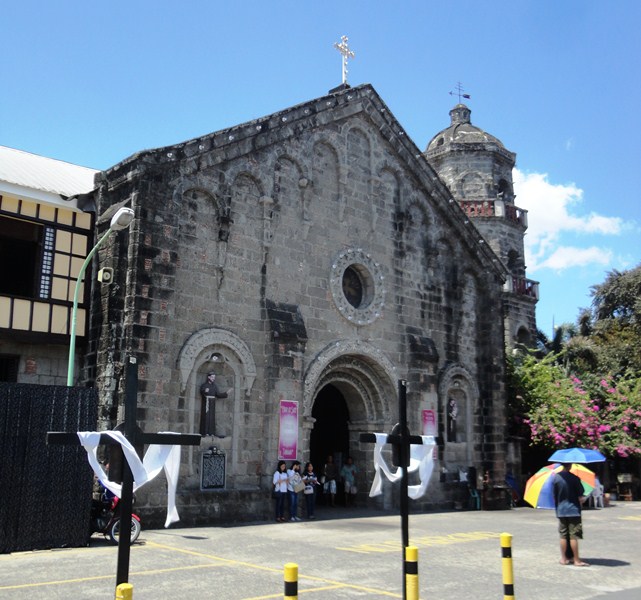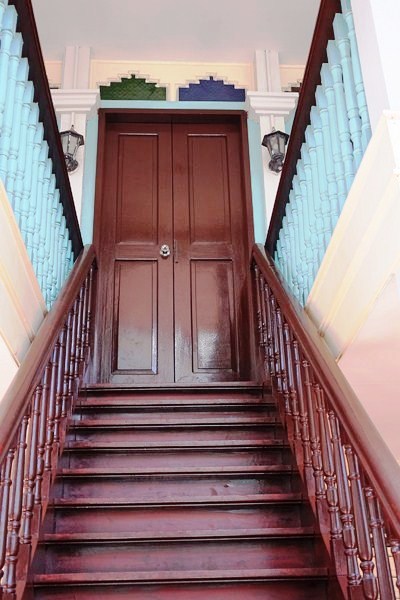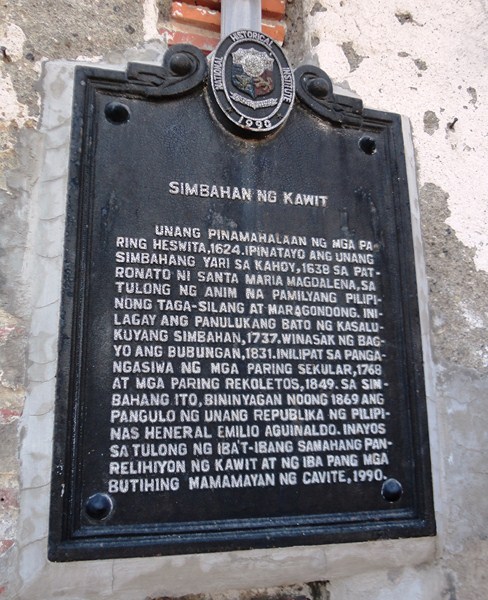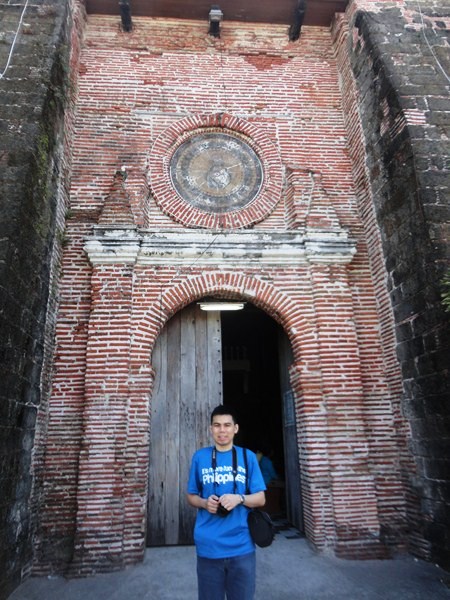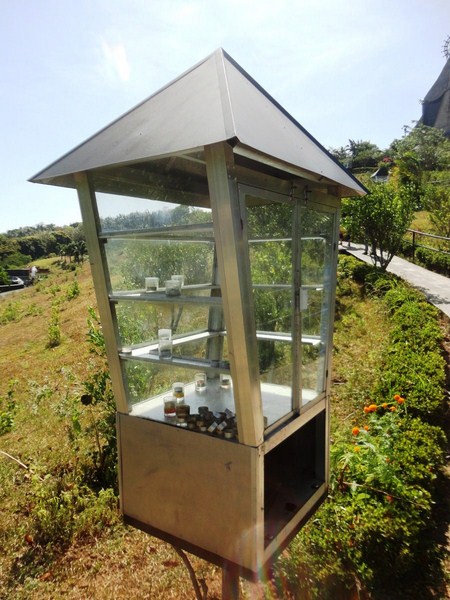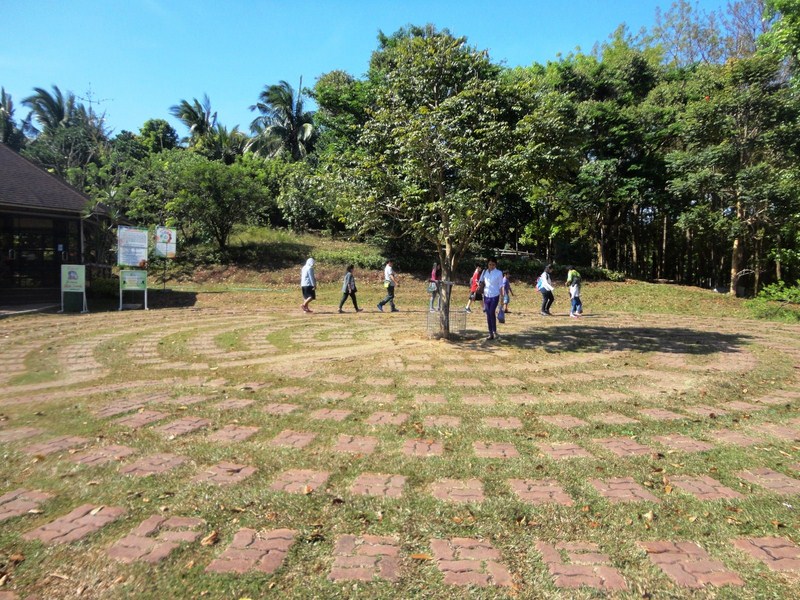After our visit to the Church of the Assumption of Our Lady in Maragondon, Jandy and I drove about 500 m. to the nearby Bonifacio Trial Museum. As it was Holy Week, the museum was closed. On the facade are two historical markers.
The first marker, in English, was installed in 1948 by the Philippines Historical Committee (PHC) and the second, in Filipino, was installed in 2000 by the National Historical Institute (NHI), the later predecessor of the National Historical Commission of the Philippines.
This two-storey bahay-na-bato (stone house) was the site where brothers Andres Bonifacio and Procopio Bonifacio were court martialed by a military court presided by Gen. Mariano Noriel from May 5 to 6, 1897. The court found the two accused guilty of treason and recommended execution.
Check out “VIsita Iglesia 2017” and “Church of the Assumption of Our Lady”
Built by Teodorico Reyes in 1889, this house was formerly known as the Roderico Reyes House (which was the name of the former owner). The house now belongs to Mr. Jose Angeles. On June 4, 1997, the house was designated as a National Historical Landmark by the National Historical Institute and, in 1999, it was fully restored and declared as a National Heritage Site.
Today, this stone, brick and wood ancestral house has been converted into a museum called the Museo ng Paglilitis ni Andres Bonifacio or Bonifacio Trial Museum. It was formally inaugurated on November 28, 2014.
Bonifacio Trial Museum: Col. Crisostomo Riel St., Brgy. Poblacion 1-A, Maragondon, Cavite. Mobile number: (0917) 553-7375 (Mr. Melanio Guevarra – museum curator). E-mail: bonifaciotrialmuseum@gmail.com. Open Tuesdays to Saturdays, 8 AM – 5 PM. Admission is free.

